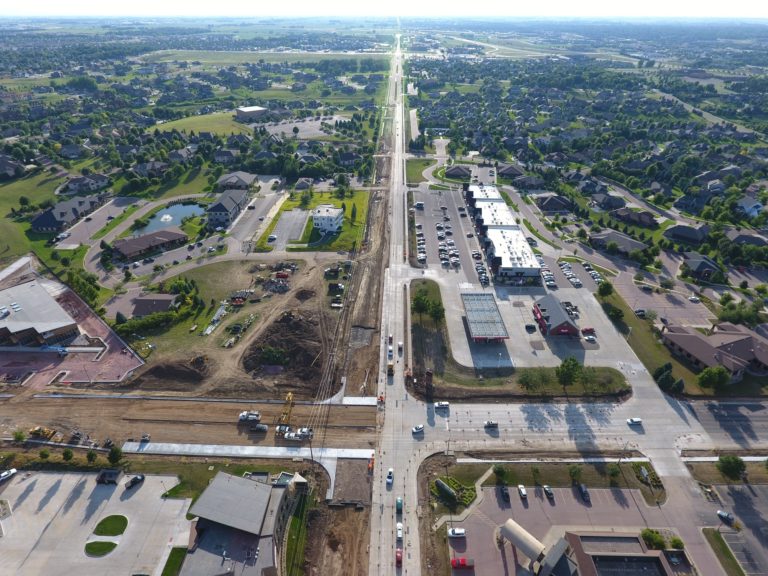Ascending Innovations llc
Have drone will travel
AI
At Ascending Innovations, we love to fly and take spectacular photos. That’s why I was driven to launch a company providing aerial imaging and video capturing unique perspectives. The photo below was taken by my TrailCam at Good Earth State Park September of 2015 @ 0844 and became the inspiration for our logo. It still amazes me yet today. Click "About" for more.



TOOL BOX
Utilizing state-of-the-art UAV technology and camera sensors, we are able to perform any mission no matter the size and complexity. Adherence to safety is key in all aspects of your project. I am OSHA 10 certified and have a solid background in and around construction zones. See our “Tool Box” to read more about our equipment and commitment to safety and mission success!



Aerial Images
Aerial images and photography have been around for centuries. Fact is, the first aerial image was taken over Paris, France, by a French balloonist in 1858. Aerial image technology has made remarkable advances to include videography and thermal data collection. We can tackle any project small or large, tailored toward inspection, construction, agriculture, real estate and outdoor adventures. Click "Services" for more.


Who We Are. What We Do
Ascending Innovations LLC is a Sioux Falls, SD based aerial drone Service company. We are FAA Part 107 certified and carry Limited Liability Insurance for each mission. Flexibility and customer service is our primary focus; therefore, we are able to provide services and pricing tailored to fit your needs.




